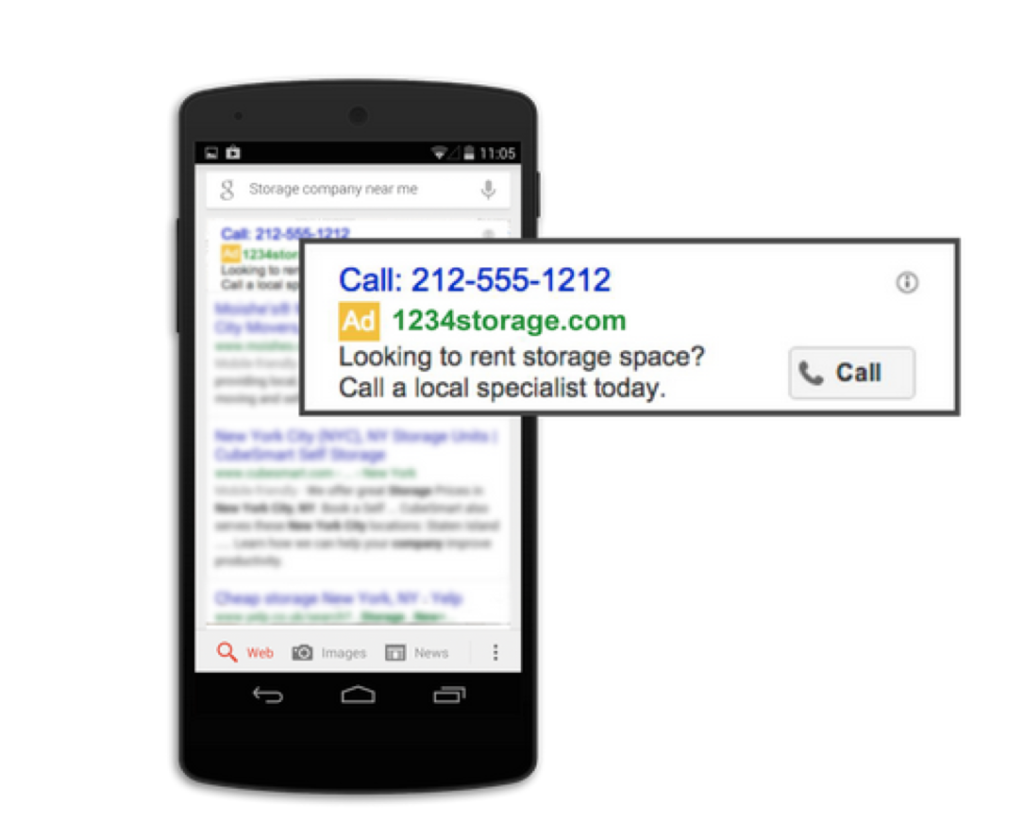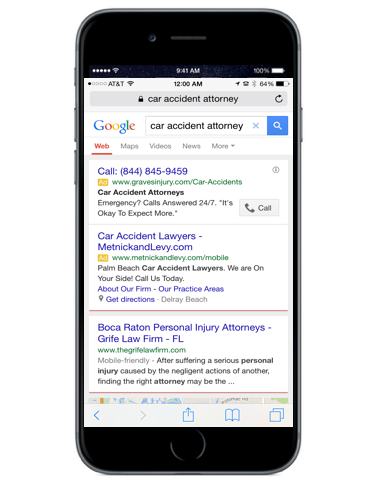After 13 Years, Mobile Has Arrived

When I wrote the 10 Golden Rules of Online Marketing in 2003, a lot of people suggested that I include mobile marketing as one of the leading trends. As a surprise to me, it took 8-10 years for mobile to become a significant factor in North America, and today, as a marketing vehicle, mobile has completely eclipsed desktop.
Here are some interesting facts:
- Google has announced more than 50% of searches are done on mobile
- ApexChat said more than 50% of live chat sessions are conducted on mobile
- Have a look at your analytics, because for many sites, over 50% of traffic is mobile
- The average person checks their smartphone 150 times a day or more
- From a marketing standpoint, forms convert at 2%, but a mobile-optimized Google clickable call button usually converts at a much higher rate
- 90% of our Facebook campaign ads are served via mobile
When it comes to your marketing efforts, you can’t afford to ignore your mobile audience. A 2015 Pew Research study found that 85 percent of adults aged 18-29 own a smartphone. And with Internet use, email, and social networking making up some of the most common smartphone activities, it’s clear there is a lot of potential for mobile marketing.
So how can you tap into this highly connected audience and get the most from your mobile marketing efforts? Here are three key ways to guarantee mobile success.
Optimize your site
If you haven’t done so already, it is crucial that you take the time to ensure that your site is mobile-friendly. There’s nothing less appealing than opening up a website on your smartphone only to find that the text is impossible to read and that the links are difficult to navigate. If smartphone users are unfortunate enough to have this type of experience when they open your site, chances are they won’t stick around to look at your content. They’ll take their business to a more user-friendly site.
Here’s a typical layout for a desktop site:

And here’s what the site looks like in a responsive, mobile-optimized format:

A poor user experience isn’t the only problem that can arise when your site isn’t optimized for mobile users. Last year’s “Mobilegeddon” saw Google introduce a new algorithm that gave a mobile SEO boost to mobile-friendly sites, causing the mobile traffic of many non-optimized sites to plummet. Search Engine Land recently reported that Google will be launching another update this year, with the goal of “boosting the effects of the mobile-friendly algorithm.” If you don’t have a mobile-friendly site, there’s a good chance your mobile SEO is suffering, resulting in fewer users coming across your content.
How do you fix these problems? The simplest method of ensuring that your website is optimized for mobile users is to use responsive web design. While this may require a total overhaul of your website’s design, it is well worth the investment. Responsive web design is crafted to make your site user-friendly for any device—desktop, smartphone, and tablet. The use of responsive web design will ensure that your site is easy for mobile users to read and navigate, as well as snag you that coveted mobile-friendly SEO boost from Google.
Also, ensure you’re leveraging the latest features from Google–such as clickable call buttons–to ensure that people are clicking on both your organic and paid search engine listings, if applicable.
Here’s an example of a clickable call button embedded into a paid search ad:

This is a great way to stand out from other listings.

When given so many different choices in search results, which ad would users be more likely to click on in the results shown above?
If you guessed the one with the clickable call button, you’re correct!
Furthermore, when it comes to mobile optimization, take extra measures to ensure that your website loads as fast as possible. Start by running a speedtest with Pingdom or Google’s PageSpeed Insights tool. If your site is not performing as well as it should be, ensure that you’re using a Content Delivery Network (CDN) as well as a caching plugin to help improve load times. These two items should be viewed as crucial components of your hosting infrastructure in a mobile-focused world.
Practical apps
One of the best ways to engage your mobile target audience is with the development of a high-quality app. As fun as it would be to create an addicting branded game, most marketing experts agree that your best option is to create a useful app that can become part of your target audience’s lifestyle.
After all, smartphone users don’t view their device as merely a portable game platform. Most users have their smartphone fully integrated into their lives, and apps play a major role in that process. As Kissmetrics notes, the most successful apps focus on “becoming an integral part of your life—a fitness journal that displays the weather before your run and reminds you when it’s time to get the kids.”
Think about your own user experience with apps. Once you download an app, you probably never go back to Google. I personally use the weather app to check the weather, the Bleacher Report app to check sports scores, or the OpenTable app to book a restaurant reservation, and on and on.

Regardless of the products and services you offer, chances are you can create an app that will become an important part of your customers’ lives. A lawn care app that uses weather data to report the best times for watering and mowing? A mortgage payment app that allows users to track their mortgage costs and alerts them when it’s a good time to refinance? The possibilities are endless.
Go vertical
Lastly, while vertical videos may look terrible on a traditional desktop display, that is typically how we hold smartphones and tablets. Because of this, vertical videos and images are proving to be much more effective in terms of mobile customer engagement. While it may seem like a minor thing to force customers to turn their phone horizontally to watch your ad, this has actually proven to be a major stumbling block for the effectiveness of mobile messaging.
In fact, Forbes reports that AT&T and Audi have seen “an 80 percent increase in the number of ads watched to completion” since they started to use vertical video in their mobile marketing efforts. Vertical content also opens up marketing opportunities on Snapchat, Periscope, and other mobile-centric social media platforms. By implementing vertical content, you can greatly increase your mobile audience’s engagement.
Conclusion
Quite simply, you can’t afford to not make mobile marketing a central part of your digital advertising efforts. As you use these and other tactics to create a more user-friendly brand experience for your target audience, you’ll reap the benefits that come from a highly-engaged mobile audience. Mobile SEO and sales will improve, and you’ll be well on track for running successful future marketing campaigns.

